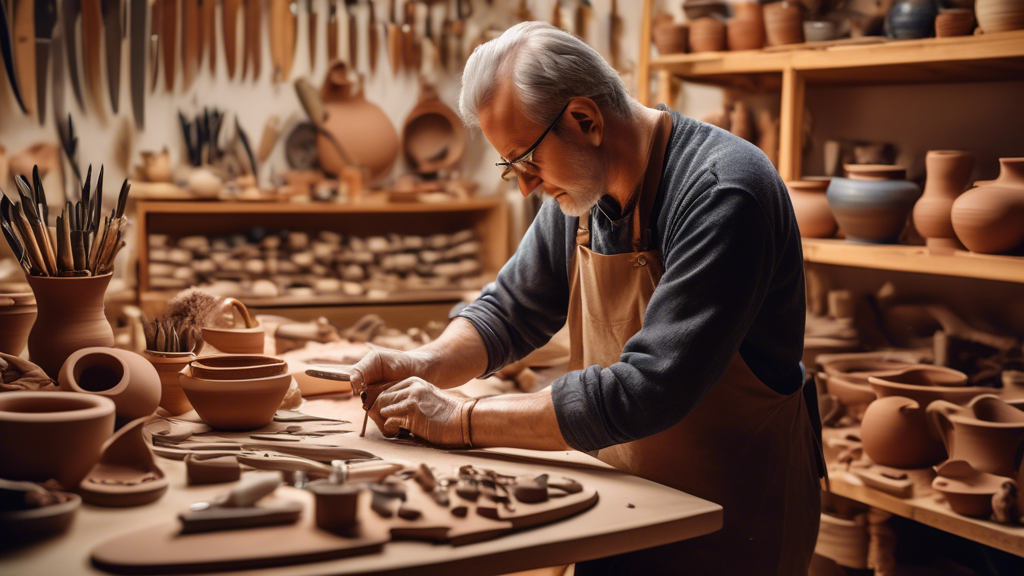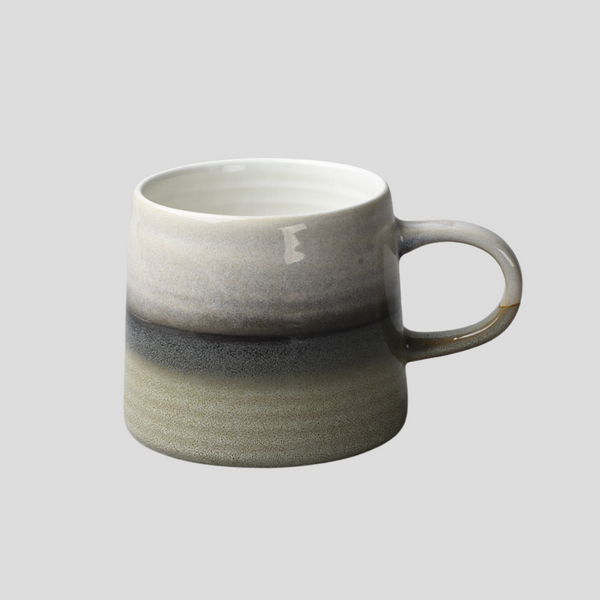
Choosing the Perfect Knife for Cutting Clay
Choosing the Perfect Knife for Cutting Clay
Whether you’re a professional sculptor or a hobbyist working on your latest clay creation, finding the perfect knife for cutting clay is essential to achieving your desired outcome. The right knife will not only make your work easier but will also enable you to execute precise cuts and intricate designs. However, with so many tools available on the market, choosing can be overwhelming. This article will guide you through the considerations and options available to ensure you select the best knife for your clay cutting needs.
Understand Your Needs
The first step in choosing the right knife is to clearly understand your project requirements. Different types of clay and projects demand different tools for optimal results. For instance, cutting through soft, pliable clay requires a different approach than dealing with firmer, leather-hard clay. Consider the level of detail needed in your work, the size of your projects, and how frequently you will be using the knife. These considerations will help narrow down your options.
Types of Knives for Cutting Clay
Several types of knives are specifically designed or are suitable for cutting clay, each with its own set of advantages.
Fettling Knives
Fettling knives are versatile tools that come in various shapes and sizes. They are ideal for trimming, carving, and cutting clay, offering flexibility for both straight and intricate cuts. Soft blade fettling knives are perfect for delicate work on soft clay, while hard blade options are better suited for firmer clay.
Clay Cutters
Clay cutters, often made from wire or thin metal strips, are excellent for slicing through large blocks of clay or removing excess from your workpiece. They provide a clean, even cut and are particularly useful for sectioning clay before shaping it.
Detailing Knives
For those intricate details and fine work, detailing knives are indispensable. They often resemble craft knives or scalpel blades, offering precision and control for delicate cuts. These knives are best for adding finishing touches or working on smaller components of your project.
Loop and Ribbon Tools
While not knives in the traditional sense, loop and ribbon tools are crucial for sculptors. These are used for removing controlled amounts of clay, smoothing, and creating intricate patterns or textures. They come in various shapes and sizes, making them adaptable to various projects.
Material and Durability
When choosing a knife for cutting clay, consider the material and durability. Stainless steel is a popular choice due to its rust resistance and sharpness. However, other materials like tempered steel or specialized alloys might offer specific advantages, such as flexibility or durability. Ensure the handle is comfortable and provides a secure grip to prevent accidents.
Maintenance and Care
Maintaining your clay cutting tools is crucial to ensure their longevity and performance. Regular cleaning to remove clay residue and prevent rust, sharpening the blades as needed, and storing them properly will keep your knives in top condition. Some knives may require specific care instructions, so be sure to check with the manufacturer or supplier.
Conclusion
Choosing the perfect knife for cutting clay is all about understanding your needs, exploring the options available, and considering factors like material, durability, and maintenance. Whether you’re working on a complex sculpture or simple modeling tasks, having the right knife can make all the difference. By selecting the appropriate tool for the job, you can enhance your working experience, achieve precision in your work, and bring your creative visions to life with ease.
Check out our 5-star rated DIY-toolkit here!
















































